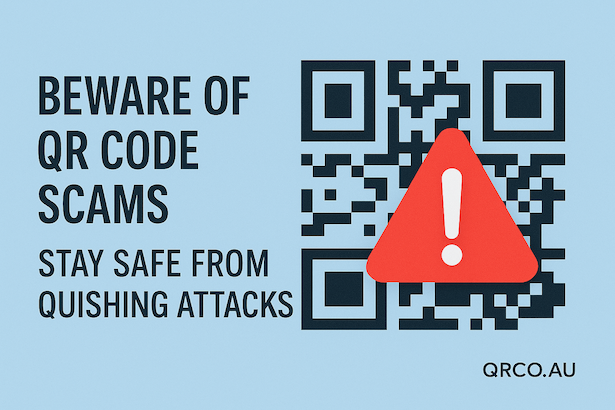Malicious QR code scams—known as “quishing”—are rising sharply across Australia, targeting trusted platforms like myGov and ATO. Learn how these attacks work and how to protect yourself.
QR codes have become part of everyday life in Australia—from checking in at restaurants to paying bills and donating to charities. But with their convenience comes a growing threat: “quishing”, or QR code phishing.
Security experts warn that cybercriminals are exploiting Australians’ high trust in QR codes to launch new forms of scams that steal personal and financial data or install malware on unsuspecting devices.
🔍 Latest Vulnerabilities
1. Quishing (QR Code Phishing)
Attackers are embedding malicious QR codes in fake emails, text messages, and printed materials. When scanned, these codes redirect users to fraudulent websites impersonating trusted institutions such as myGov, the ATO, or Australia Post. Victims are tricked into entering their credentials or downloading malware.
These scams are particularly effective because the URL hidden behind a QR code is not visible before scanning—giving attackers a stealth advantage over traditional phishing links.
2. Tampered QR Codes
In public areas, scammers are physically placing fake stickers over legitimate QR codes—on parking meters, café tables, and charity posters. Scanning these codes can redirect users to fraudulent payment portals, stealing credit card details or login credentials.
3. Obfuscated URLs
Because QR codes mask their destination links, users can’t easily identify suspicious domains. Attackers exploit this trust, making it harder to detect fraud before it’s too late.
🛡️ How to Protect Yourself
✅ 1. Inspect Before You Scan
Before scanning a QR code in public, check whether it’s a sticker placed over an original code. If it looks tampered with or misaligned, avoid scanning.
🚫 2. Don’t Trust QR Codes in Messages
Avoid scanning QR codes received through unsolicited emails, SMS, or social media DMs, especially if they request payment, login, or verification.
🔐 3. Use MFA for Sensitive Accounts
Enable phishing-resistant multi-factor authentication (MFA) wherever possible. Even if attackers obtain your credentials, MFA adds a critical layer of protection.
🏛️ 4. Access Official Services Directly
For government services such as myGov or ATO, always use official apps or saved bookmarks—never rely on QR codes for login or payment links.
🏢 5. Business Protections
Organizations should:
- Deploy email security systems capable of detecting malicious QR codes.
- Conduct staff training with simulated quishing attacks.
- Monitor for dynamic or short-link QR codes in phishing campaigns.
🚨 6. When in Doubt, Don’t Scan
If a QR code unexpectedly requests personal or banking information, pause and verify the source. Legitimate codes rarely ask for sensitive details on the first scan.
🔒 Staying Ahead of QR Code Threats
As Australia embraces digital-first experiences, QR codes remain a powerful tool—but also a growing target. Awareness and caution are the best defenses.
By verifying QR code sources, using secure login methods, and educating both staff and customers, businesses and individuals can stay one step ahead of cybercriminals.
At QRco.au, we advocate for safe, transparent, and verifiable QR code usage—because trust starts with knowing where your scan takes you.
